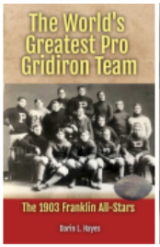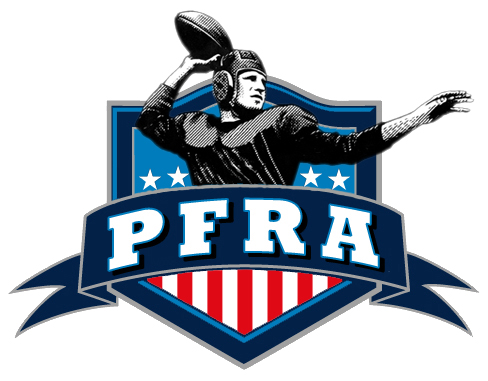Sports Broadcast in Color
"Sports Broadcast in Color"
On July 14, 1951, a horse race, the Hollywood Gold Cup, broadcast by CBS, became widely recognized as the very first color television transmission of a sporting event. While early color TV was experimental and not widely available to the public, this pioneering broadcast had a profound impact on the future of American football games on television.
Firstly, it showcased the potential of color. Black and white broadcasts, while revolutionary, couldn't convey the vibrancy of team uniforms, the green of the field, or the contrasting colors of players, which are now integral to the visual experience of football. This early color transmission, even if seen by few, demonstrated that sports could be presented with a more lifelike and engaging quality.
Secondly, it pushed the boundaries of technology. Producing a live color broadcast, especially a dynamic event like a sporting competition, required significant innovation in cameras, transmission, and receiving technology. The lessons learned from these early attempts, including the challenges of color compatibility with existing black-and-white sets (an issue CBS famously faced), directly influenced the development of the more compatible RCA/NBC color system that eventually became the industry standard. This technological drive ultimately paved the way for widespread color football broadcasts in the 1960s, making the game far more visually appealing and immersive for millions of viewers and contributing to its immense growth and popularity.
- HASHTAGS: #July14 #FunFact
- EVENTDAY: July 14
- SPORTS: Fun Fact






